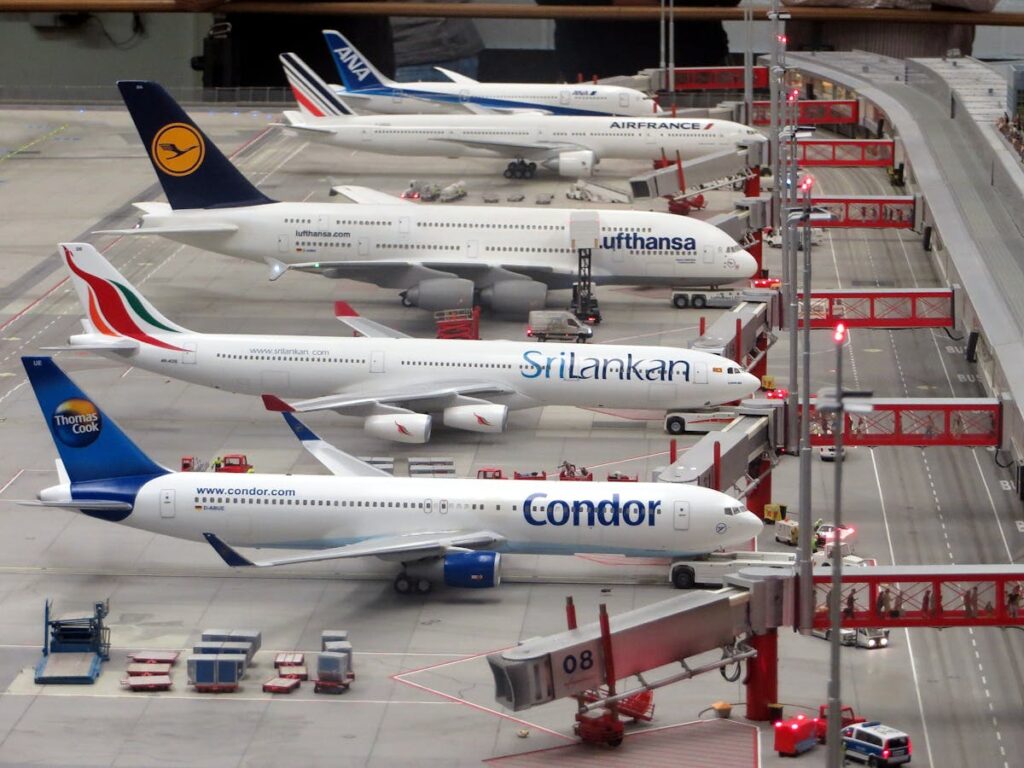Airline safety is one of the most important aspects for travelers when choosing an airline. With millions of flights operated globally each year, maintaining safety standards is not only a priority but also a responsibility. The Airline Safety Rankings for 2025 showcase the carriers that consistently provide the safest flying experience.
Overview of global airline security
Safety assessments are based on factors such as aircraft maintenance, pilot training, operational history, incident records, and compliance with international aviation standards. In 2025, airlines are increasingly leveraging AI-powered maintenance systems, advanced weather tracking, and pilot simulation training to ensure the highest levels of safety.
Top 10 Safest Airlines in 2025
These rankings come from several aviation safety databases, including AirlineRatings.com and independent aviation authorities. Top airlines not only maintain impeccable safety records but also constantly innovate to prevent potential threats.
- Qantas Airways: The benchmark of safety
Qantas, often cited as the world’s safest airline, is also on a high in 2025. With a legacy of zero fatal accidents in the jet age, Qantas leads the way with its predictive maintenance programs and real-time aircraft monitoring systems. The airline’s focus on pilot training and strong safety culture keeps it at the top of global rankings.
- Air New Zealand: Excellence in training and operations
Air New Zealand continues to impress aviation analysts with its excellent pilot training and ground operations. The airline’s safety protocols, backed by advanced aircraft technology and detailed inspections, make it one of the safest carriers for domestic and international travel.
- Singapore Airlines: Precision and passenger care
Singapore Airlines is known for its meticulous approach to flight operations. Its modern fleet of Airbus A350s and Boeing 787s is equipped with the latest avionics and safety features. To ensure that each flight is operated at extreme safety standards, crew members undergo continuous safety drills.
- Emirates: Safety meets luxury
Emirates combines high-end luxury with state-of-the-art security. Operating one of the youngest fleets in the world, Emirates uses advanced data analytics to predict mechanical problems and prevent them before they occur. Every aspect of the flight is closely monitored, from pre-departure checks to landing.
- Etihad Airways: Safety through innovation
Etihad Airways continues to invest in next-generation aircraft such as the Boeing 787-9 and Airbus A350. The airline has introduced AI-based safety monitoring tools that analyze flight performance data in real-time, ensuring a quick response to potential anomalies.
- Lufthansa: European engineering and safety standards
Germany’s flagship airline, Lufthansa, maintains an excellent safety record thanks to rigorous inspection procedures and world-class pilot training. The airline’s engineering excellence, combined with compliance with European Aviation Safety Agency (EASA) regulations, keeps passengers assured of their safety.
- ANA All Nippon Airways: Safety Pride of Japan
ANA is renowned for its commitment to punctuality and accuracy. Airlines incorporate AI into their maintenance systems, using predictive analytics to identify and resolve issues before they become risks. This proactive approach reinforces ANA’s reputation as one of the safest airlines in Asia.
- Cathay Pacific: Flexibility and security excellence
Cathay Pacific’s safety performance remains excellent despite years of industry challenges. With an emphasis on fleet modernization and safety management systems, Cathay ensures that each flight meets international standards for reliability and risk reduction.
- British Airways: Tradition with advanced safety systems
British Airways blends decades of aviation heritage with modern safety technologies. From advanced flight simulators to pilot training to improved cabin crew emergency protocols, BA’s approach ensures passengers are in safe hands throughout their journey.
- Virgin Atlantic: A modern safety approach
Virgin Atlantic’s safety strategy focuses on transparency and innovation. The airline invests heavily in safety audits, maintenance automation and sustainable fuel technologies – all of which contribute to a safer and more eco-friendly flying experience.
Factors Affecting Airline Safety in 2025
technological advancements
AI and machine learning have revolutionized aircraft maintenance and predictive safety checks. These technologies allow airlines to detect potential problems before they escalate, ensuring smooth and safe flights.
regulatory oversight
Organizations such as ICAO and EASA have tightened global safety standards, requiring more frequent safety audits and strict maintenance programs.
Cybersecurity in aviation
As digitalization increases, cybersecurity becomes a critical factor in airline security. Protecting flight management systems and data from cyber threats is now a top priority for leading carriers.
Human factors and training
Despite automation, human expertise remains important. Regular retraining, mental health support for crew members, and improved fatigue management programs enhance overall flight safety.
Conclusion
The airline safety rankings for 2025 demonstrate that flying has never been safer. Airlines across the globe are embracing technology, rigorous training, and proactive risk management to ensure every journey is smooth and secure. Whether you’re flying across continents or on a short domestic trip, choosing a top-ranked airline ensures peace of mind and an exceptional travel experience.





